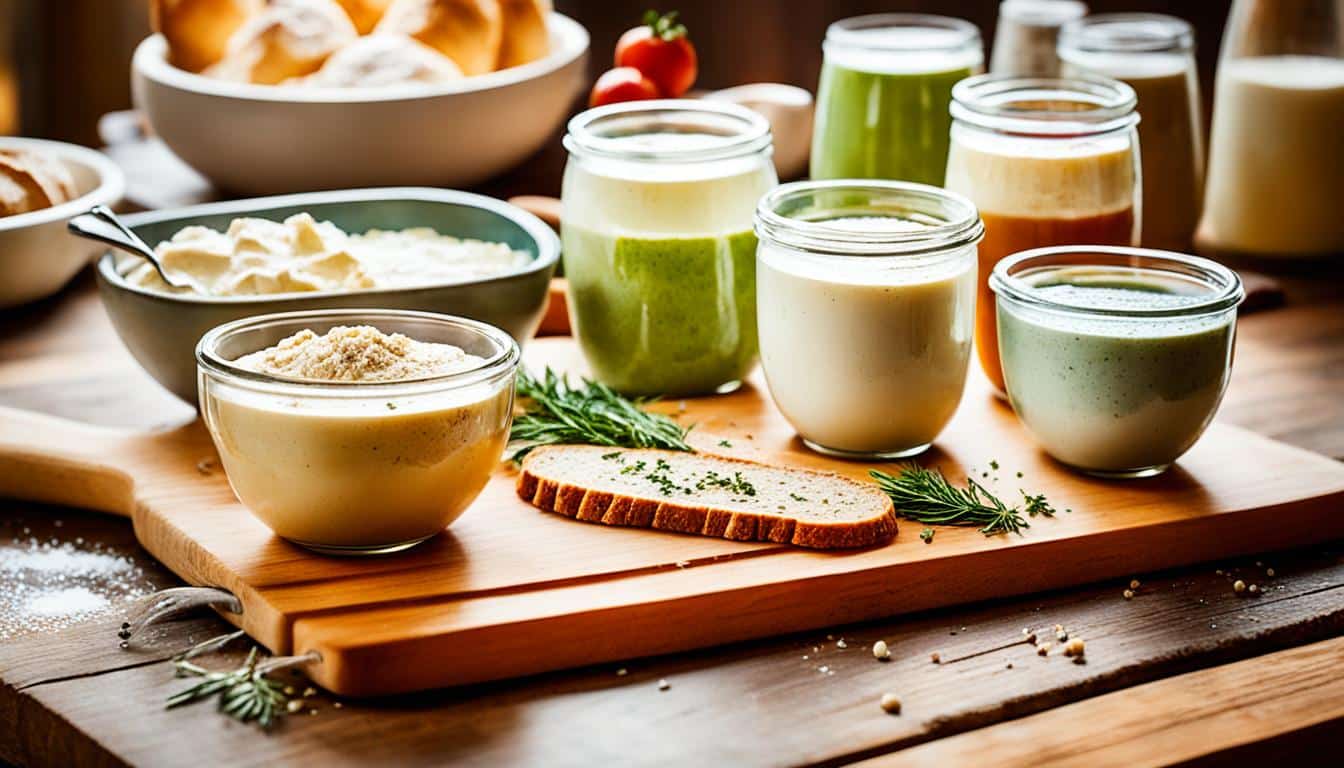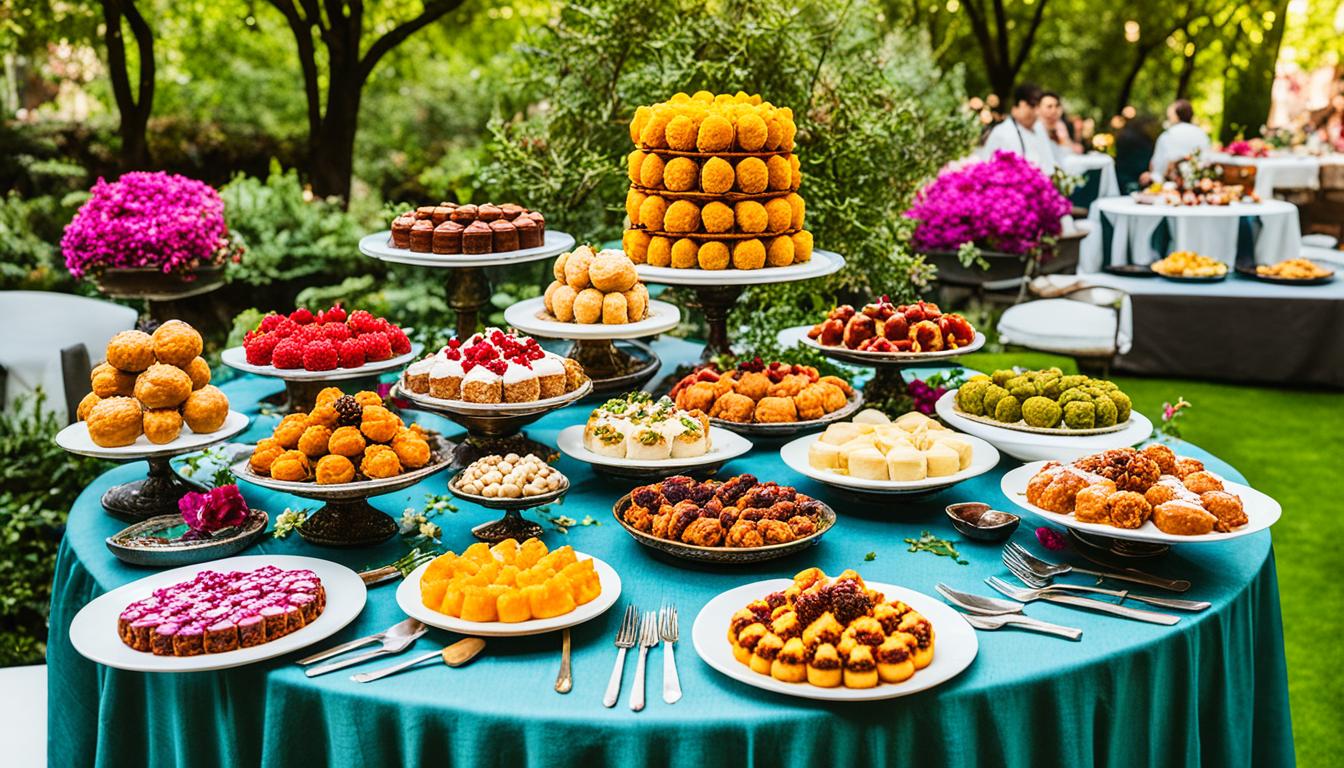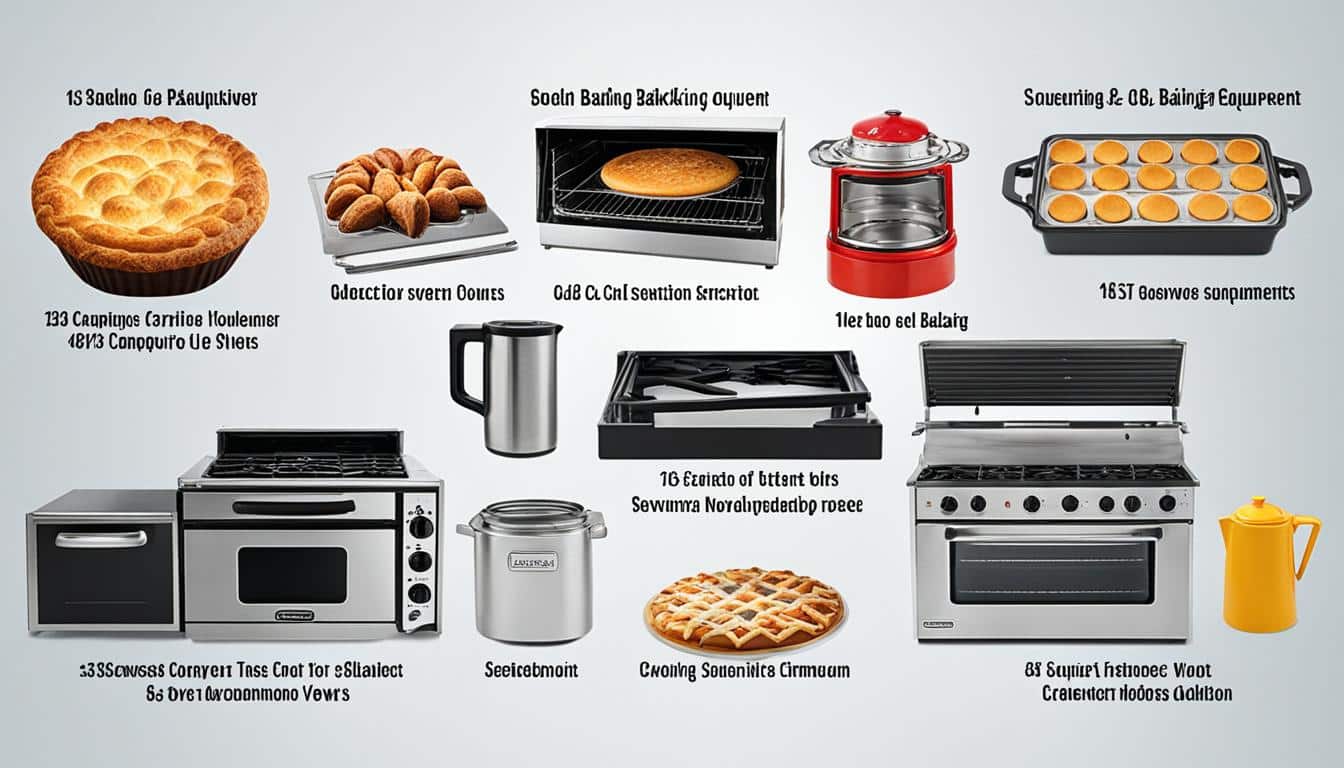
They say there’s something magical about the process of baking bread. The anticipation of watching dough rise, the comforting aroma that fills the kitchen, and the satisfaction of biting into a warm, freshly baked slice. It’s a sensory experience that goes beyond mere sustenance.
But there’s one element that takes bread-making to another level: sourdough starters. These living cultures of wild yeasts and lactic acid bacteria are the heart and soul of artisanal bread, adding complex flavors and beautiful textures.
As a beginner, I was captivated by the idea of creating my own sourdough starter. The thought of nurturing a living organism felt strangely intimate, like cultivating a special connection with nature herself. And let me tell you, the journey has been nothing short of transformative.
From the first time I mixed flour and water to witnessing my starter come alive with fermentation, I was spellbound. It became a daily ritual, a dance of feeding, observing, and learning. Each bubbly rise and tangy aroma held a promise of delicious bread to come.
But understanding the art of sourdough starters is more than just creating and maintaining one. It’s about delving into the intricacies of fermentation, temperature, and hydration. It’s about experimenting with different flours and ratios, nurturing a vibrant and healthy ecosystem within your starter.
In this article, I’ll guide you through the fascinating world of sourdough starters from scratch. We’ll explore the step-by-step process of creating and maintaining a starter, ensuring it remains strong and reliable. So grab your apron, tie up your hair, and let’s dive into the magic of sourdough together!
Step-by-Step Guide to Creating a Sourdough Starter
Creating a sourdough starter is an exciting process that sets the foundation for delicious homemade bread. While it can be time-consuming, the results are well worth it. Here’s a step-by-step guide to help you get started:
- Purchasing a Sourdough Starter: For beginners looking for a convenient option, you can purchase a sourdough starter online or from a local bakery. This saves time compared to creating one from scratch, allowing you to jump right into the baking process.
- Activating Your Starter: If you prefer to create your own starter, you’ll need to start from scratch. Begin by mixing equal parts flour and water in a container. Whole grain rye flour and white flour are recommended for their high microbial activity. Cover the mixture and let it sit at room temperature for 24 hours.
- Maintaining Your Starter: Once your starter is active, it’s essential to maintain it. Regular feedings every one to two weeks help keep the yeast and bacteria thriving. To feed your starter, discard most of it, leaving about a tablespoon behind. Add fresh flour and water in a 1:1:1 ratio (starter: flour: water) and mix well. Cover and let it sit at room temperature until it becomes active again—usually within 4 to 6 hours.
- Storing Your Starter: If you need to slow down the fermentation process and reduce the frequency of feedings, store your sourdough starter in the fridge. It will stay dormant but will still need regular feeding—about once every one to two weeks. When ready to use, take it out of the fridge and reactivate it by following the feeding instructions mentioned earlier.
By following these steps, you’ll be able to create and maintain a healthy sourdough starter that will enhance your bread-making endeavors.
Baking Tips for a Successful Sourdough Starter:
- Ensure your starter doubles in volume within 4 to 6 hours of feeding. This indicates its strength and readiness for baking.
- If your starter becomes moldy or doesn’t rise after feeding, it may be best to discard it and start over.
- To reduce waste, consider replenishing small amounts of starter with flour and water instead of discarding the entire amount.
- Using organic or stone-milled flour can contribute to a stronger and healthier sourdough starter.
| Step | Action |
|---|---|
| 1 | Purchase a sourdough starter or create one from scratch |
| 2 | Activate the starter by mixing flour and water and allowing it to ferment for 24 hours |
| 3 | Maintain the starter by regular feedings every one to two weeks |
| 4 | Store the starter in the fridge to slow down fermentation |
Using Sourdough Starter Discard and Conclusion
If you’ve been experimenting with sourdough starters, you may find yourself with a surplus of discard. But don’t throw it away! Sourdough starter discard can be saved and used in various recipes, providing a delicious way to avoid wasting excess starter.
There are many creative ways to use sourdough discard in your cooking. You can transform it into sourdough flour tortillas, adding a tangy flavor to your favorite Mexican dishes. Or, why not try making fluffy Irish soda bread with a touch of sourdough goodness? You can even whip up a batch of fluffy sourdough discard pancakes for a delightful breakfast treat.
It’s important to note that sourdough starters can be stored in the fridge for up to a few weeks, which means you can accumulate discard over time. Alternatively, you can dry out the discard for even longer-term storage.
When you’re ready to use your refrigerated sourdough starter, remember to revive it by feeding it multiple times over a few days until it becomes strong and ready for baking. Pay attention to the temperature and hydration of the starter to ensure optimal fermentation and rise in your bread.
In conclusion, the process of creating and maintaining a sourdough starter can be a rewarding and enjoyable experience for beginners. By following a step-by-step guide and understanding the principles of sourdough fermentation, you can confidently master the art of sourdough starters and create delicious bread while minimizing waste.

